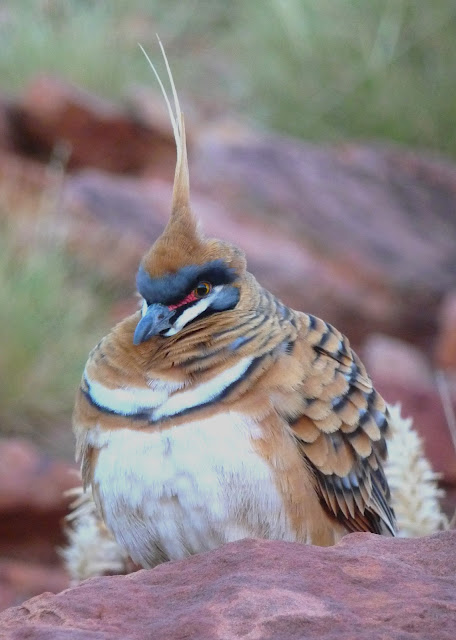 |
| How many have you caught? |
The dove eradication program has been attracting attention interstate this weekend. Barbary Doves have been seen in small numbers around Melbourne and at least one pair have been trapped near the suburb of Brighton. Spotted Turtle-doves continue to infest Melbourne suburbs in huge numbers. Barbary Doves are still regularly seen around the suburbs of Adelaide, and both cities have thriving populations of the highly invasive Indian Myna. I've had several emails of support from people interstate who have heard of our community-based program of feral dove control.
This is encouraging news - so congratulations to everyone who came along today - there are folks in far off cities eagerly awaiting news of our progress.
 |
| Smiling faces and busy hands - a great combination! |
Thanks are due to Land for Wildlife coordinator Jesse Carpenter who delivered a presentation outlining the whole program and the problems associated with avian pests. Also a warm thank you to Anthony Molyneux who generously gave up his Saturday morning to give his explanation of how important the feral doves are as a source of natural food for captive animals at the Alice Springs Desert Park.
 |
| Every extra trap makes a difference. |
Thank you to everyone who came along and made the morning such a great success and thanks to the good people at Bloomin' Deserts Nursery who so kindly provided us with the space to run the workshop.
Lastly, please remember to keep conducting feral dove surveys around your home and around your suburb. A crucial part of this program is monitoring the feral dove population so that we can gauge the success of what we are doing. You can email details of your dove observations to lfw@lowecol.com.au or click on the Land for Wildlife sign above to visit the website and download a feral dove survey form.
Cheers



















